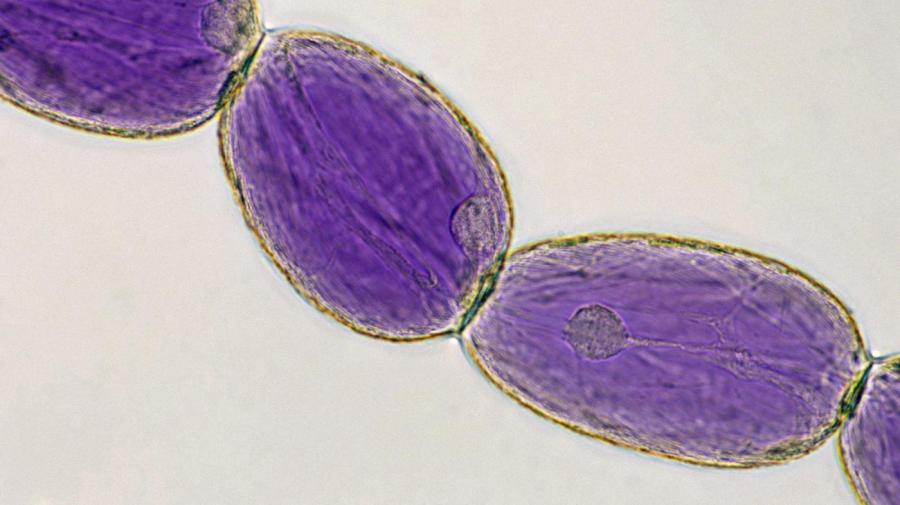What Is the Function of the Large Central Vacuole in Plant Cells?

The main function of the large central vacuole in plant cells is to provide structural support; however, it serves other functions such as protection, storage, growth and waste disposal. This large central vacuole typically occupies at least 80 percent of the space in the cell unlike the vacuoles of animal cells which are smaller in size and commonly used to transport substances or temporarily storing materials.
A membrane known as the tonoplast is used to enclose this large central vacuole. As the cell matures, this large central vacuole gradually develops as a result of fusion of smaller vacuoles that are derived from Golgi apparatus and the endoplasmic reticulum. The central vacuole has a number of roles in plant cells, some of which include storing of salts, nutrients, pigments, minerals, proteins, aiding the growth of the plant and playing a vital structural role for the plant.
When the conditions are optimum, water fills the vacuoles to the point that they exert pressure against the walls of the cells. This helps in maintaining the plant’s structural integrity and enables the plant to grow larger without synthesizing new cytoplasm. The importance of the structural capability of the vacuole is related to its capacity to control turgor pressure, which dictates the cell’s rigidity.





